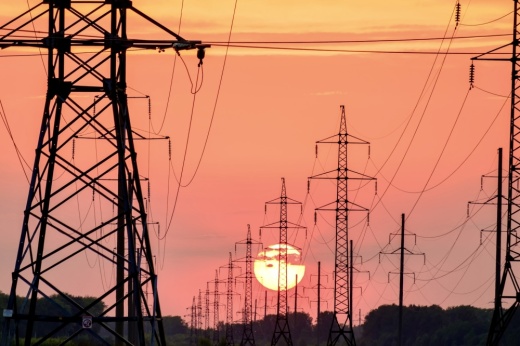However, that does not mean the grid will fail. The Electric Reliability Council of Texas reported on June 13 that grid conditions were normal and there should be enough capacity to meet increased demand.
“ERCOT continues to monitor conditions closely and will deploy all available tools to manage the grid and will continue our reliability-first approach to operations, always prioritizing grid reliability,” ERCOT CEO Pablo Vegas said in a news release.
As of 5:10 p.m. June 15, ERCOT predicted demand would peak at 4 p.m. on June 21, when Texans are expected to use at least 82,500 megawatts of electricity. In that case, over 90,100 megawatts would be available to power homes and businesses across the state. The agency’s 6-day supply and demand forecast is updated regularly.
Officials issued a “weather watch” on June 13 to notify Texans of the anticipated conditions from June 15-21. The alerts are part of the agency’s new early notification tool, the Texas Advisory and Notification System.
What does this mean for Texans?
No action is necessary when a weather watch is issued.
Weather watches are shared 3-5 days before forecasted high demand, according to ERCOT. Grid conditions are normal during a weather watch.
If supply gets low, officials will issue a voluntary conservation notice. ERCOT will ask Texans to voluntarily reduce their energy use for a certain time period, which typically would occur in the evening when more people are home and using electricity.
During a voluntary conservation period, Texans are encouraged to turn up the heat in their homes, limit use of major appliances and turn off lights.
Officials issued two conservation notices in July 2022, during which Texans successfully saved energy.
During extreme conditions, ERCOT may issue an emergency alert. The grid did not meet emergency conditions last summer or during extremely cold winter periods.
According to TXANS, residents can reduce their energy use during periods of high demand by closing windows and blinds, using fans to circulate cool air, turning off non-essential appliances and lights, and more.
Texans can sign up here to receive weather watches and other alerts from ERCOT.
Beating the heat
According to the City of Austin, it is important to watch for signs of heat stroke during the summer, especially when spending time outdoors. Signs of heat stroke include a throbbing headache; a lack of sweating; nausea or vomiting; dizziness, confusion or unconsciousness; and a body temperature of 103 degrees or higher.
Cooling centers will be open across Texas during the hot weather. More information is available here:





